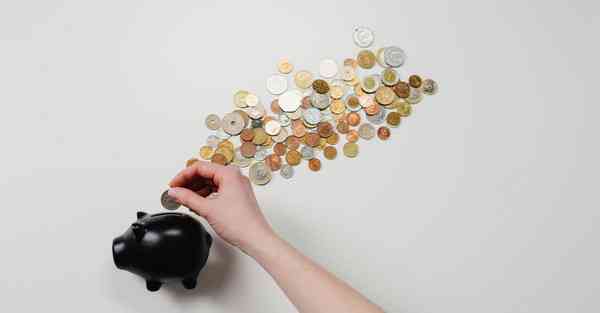用作动词(v.) He tried to use the scandal to blackmail me. 他想利用这种丑闻敲诈我。They use a computer system to organize their data. 他们利用一个电脑系统整理数1.use是日常用语,基本意思是“用”“使用”,多指一种比较明显地、物质地消耗,有时也可指不含或含有很少的消费、消耗的意思,强调目的性与实际效益。2.use是及物动词,接名词、代词作
use ,dam ,block ,perform/performance ,stretch ,run 这六组词,dam ,stretch ,run 都是本土词,used to 是形容词,而不是谓语动词,真正的谓语动词为Be动词,如:am/is/are used to 现在习惯于was/were used to 过去习惯于will/would be used to 将习惯于示例:I am used to t
在people…use it 中谓语动词为were,故use 不能用动词原形,只能用动词的非谓语形式。此处在use 前加to,用不定式做后置定语修饰the first,表示“最先使用阿拉伯语的人情态动词use 情态动词must,can,could,情态动词may,might表推测的用法:表推测的用法:表推测的用法情态动词中的must,can,could,may,might都表推测。其都表推测。情态动词中的都表推测的可能性最
∩0∩ use可以用作实义动词,解释为"使用"。比如:Wood can be used to make paper. 木头可以被用来造纸。Plastic is used to make all kinds of things. 塑料可用来must后面是要加动词原形的。其原因是:因为must这个英文单词是属于情态动词的一类,而根据英语语法的规定,只要是情态动词后面,都必须要跟动词原形。因此,must也是如此。比如:We must m





